New to greenhouse
jessjameson
10 years ago
Featured Answer
Sort by:Oldest
Comments (8)
mulberryknob
10 years agolast modified: 9 years agoRelated Professionals
Wrentham Landscape Architects & Landscape Designers · Havre de Grace Landscape Architects & Landscape Designers · Kyle Landscape Architects & Landscape Designers · Middle River Landscape Architects & Landscape Designers · Salem Landscape Contractors · Williamsburg Landscape Contractors · Clayton Landscape Contractors · Eustis Landscape Contractors · Lyndhurst Landscape Contractors · Rockland Landscape Contractors · Santa Maria Landscape Contractors · West Palm Beach Landscape Contractors · Layton Decks, Patios & Outdoor Enclosures · Salem Decks, Patios & Outdoor Enclosures · San Antonio Decks, Patios & Outdoor Enclosuresjessjameson
10 years agolast modified: 9 years agoOkiedawn OK Zone 7
10 years agolast modified: 9 years agosoonergrandmom
10 years agolast modified: 9 years agojessjameson
10 years agolast modified: 9 years agoOkiedawn OK Zone 7
10 years agolast modified: 9 years agojessjameson
10 years agolast modified: 9 years ago
Related Stories
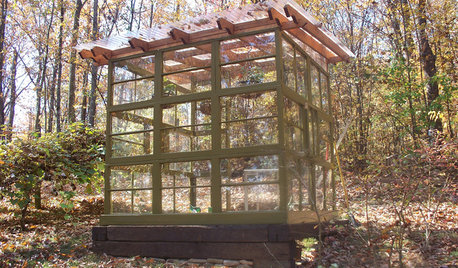
GARDENING AND LANDSCAPINGSee a Family Greenhouse Grown From Scraps
Can-do resourcefulness and less than $400 lead to a new 8- by 8-foot home for plants on a Tennessee family's property
Full Story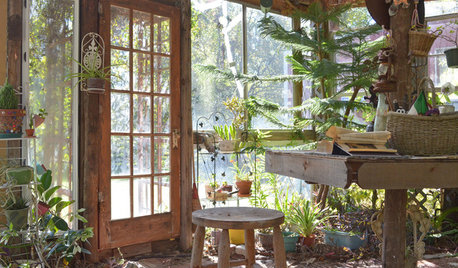
GREENHOUSESA Greenhouse Rises From Texas Tornado Wreckage
Barn damage became a blessing in disguise for a thrifty, creative couple with a hankering for more greenery
Full Story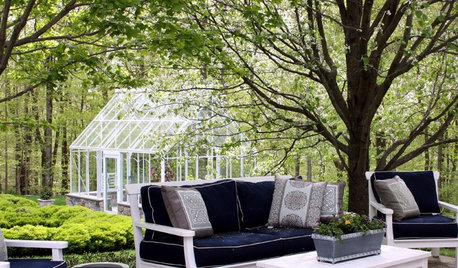
Houzz Call: Show Us Your Greenhouse
Submit a photo of your greenhouse and share what's growing!
Full Story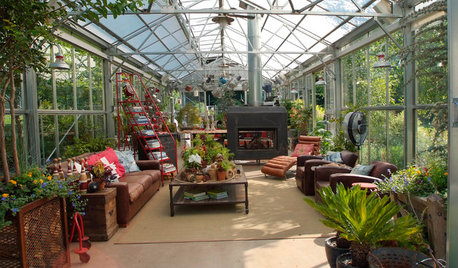
LANDSCAPE DESIGNA Luxury Greenhouse Lures Manhattanites to the Country
Industrial meets rustic in this stunning new structure for living and entertaining in rural Pennsylvania
Full Story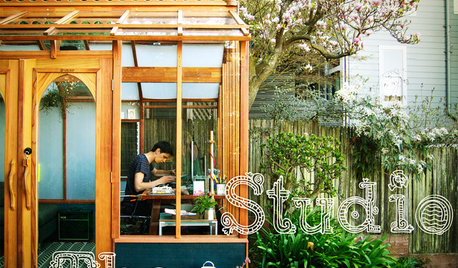
OUTBUILDINGSStudio Solution: A Kit Greenhouse Becomes a Creative Private Office
See how an inventive work-from-home designer made an office from a greenhouse, for some inspired thinking in the backyard
Full Story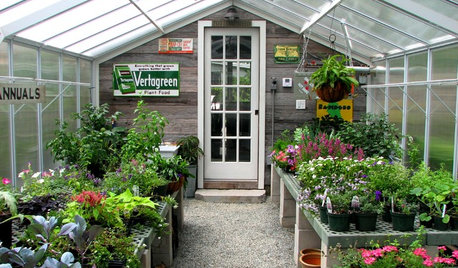
OUTBUILDINGSRoom of the Day: An Old Shed Becomes a Spa and Greenhouse
A garden-loving couple create the perfect place to have a soak and putter with their plants year-round
Full Story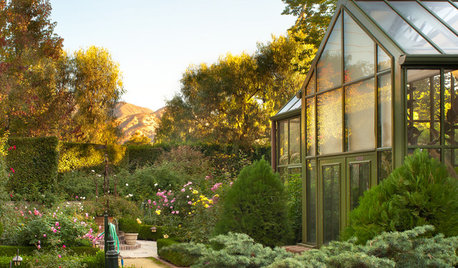
GREENHOUSESGreenhouses Bring Gardens in From the Cold
Get a jump start on summer plantings even if spring chills linger with a greenhouse or cold frames in your backyard
Full Story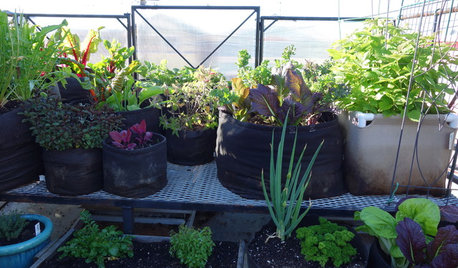
FARM YOUR YARDAn Urban Greenhouse Overflows With Edibles
Making meals just means stepping into the yard for a San Francisco couple who revamped an old orchid house
Full Story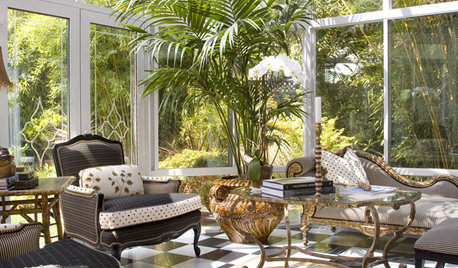
DECORATING GUIDESGo for a Greenhouse Effect With an Exotic Conservatory
Cultivate a rarified hothouse feel with or without all-glass walls; these inspiration photos and product picks show you how
Full Story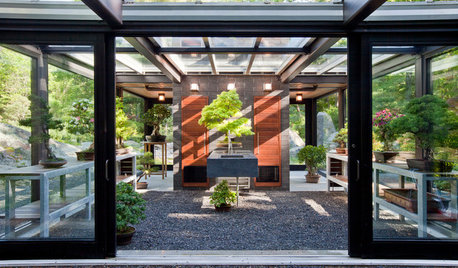
OUTBUILDINGSModern Masters Inspire a Glass Garden House
Distilled down to structural steel and glass, this greenhouse and tearoom in Massachusetts is tops in elegance
Full StorySponsored
More Discussions







mksmth zone 7a Tulsa Oklahoma